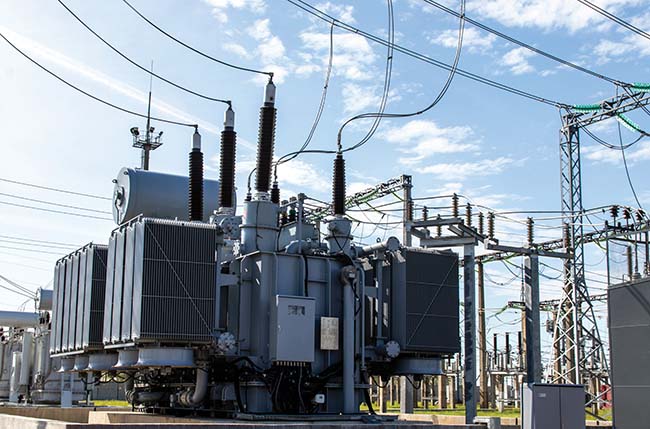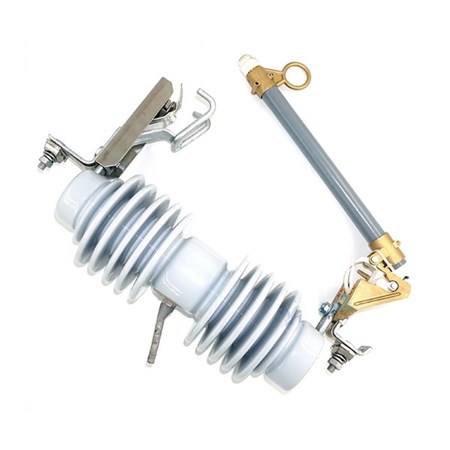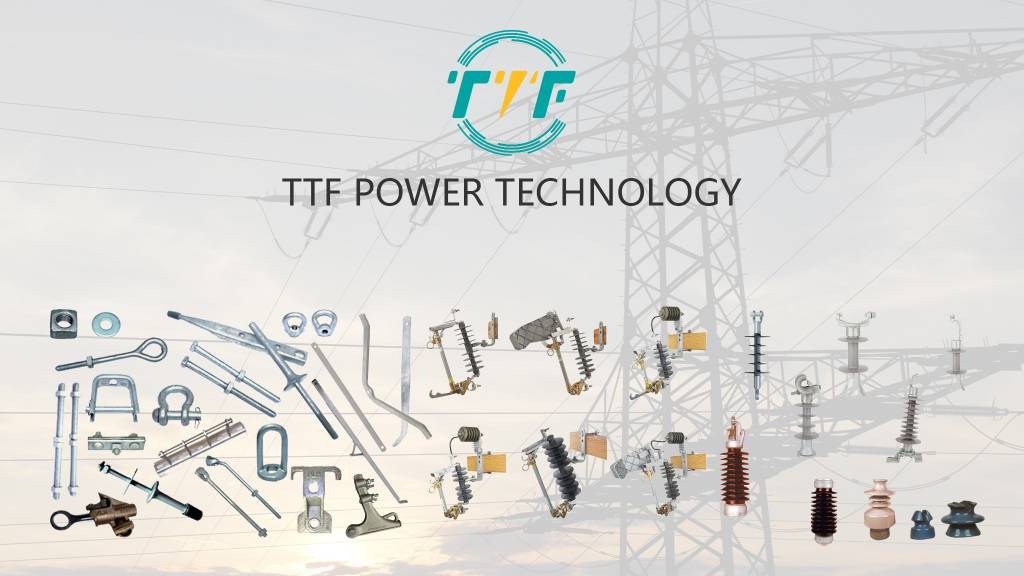
With abundant renewable energy sources and massive oil and gas reserves, Argentina could stabilize its electrical grid. The infrastructure is built around a diverse energy matrix including natural gas, hydroelectric power, nuclear energy, renewables, and oil production. Argentina’s grid infrastructure faces challenges including aging infrastructure, regional imbalances in electricity access, and subsidy pressures on the national budget. The nation aims to diversify its energy mix, upgrade and expand the grid, attract foreign investment, and move toward energy self-sufficiency while balancing imports. A balanced grid could help reduce energy costs, improve energy security, and reduce reliance on imported fossil fuels. Modernizing the grid infrastructure positions the country as a potential key player in energy export. It could also help meet climate goals and increase smart technology adoption. Cutout fuses play a crucial role in overcurrent protection for medium-voltage distribution networks.
Drop-out fuses protect transformers, feeders, and other equipment from overloads and short circuits. During an excessive current flow, the fuse element melts, disconnecting the faulty section and preventing damage to downstream equipment. Cutout fuses coordinate with reclosers and sectionalizers to ensure selective tripping. They isolate the faulty segment while keeping the rest of the network operational. Drop-out fuses ensure reliability and safety in urban and rural power supply elements. They are simple and effective, which is essential for utilities.
Argentina’s grid infrastructure modernization using cutout fuses
Cutout fuses are crucial in protecting and maintaining the stability of Argentina’s electric grid. A modernized grid is able to accommodate increased renewable energy and meet growing demand. Cutout fuses play a vital role as a defense mechanism in energy infrastructure. A cutout fuse combines the fuse and a switch to protect transformers and power lines from faults. They ensure the resilience, reliability, and safety of Argentina’s power grid. There is continuous deployment of composite cutout fuses with better insulation and longevity. Here are the roles of a cutout fuse in Argentina’s grid modernization.

- Protection for rural distribution networks—installing cutout fuses on poles protects distribution transformers and branch circuits. The fuses reduce outage durations and help maintain grid stability in areas with limited maintenance access.
- Supporting renewable energy expansion—cutout fuses protect the sensitive components of renewable installations. They also allow for safe isolation during maintenance or fault detection. They help reduce fire hazards in dry, high-wind environments common to wind farms.
- Enabling grid resilience and maintenance—Argentina’s aging infrastructure faces challenges such as voltage fluctuations, lightning strikes, and heavy ice and wind loads. Cutout fuses act as automatic safety mechanisms, disconnecting problematic sections without the need for full shutdowns.
- Integration with smart grid technologies—modern cutout fuses have sensing and communication capabilities. They allow utilities to detect faults, analyze grid performance, and reduce the need for manual inspections.
Benefits of modernizing Argentina’s grid infrastructure
Modernizing and upgrading Argentina’s grid infrastructure is a necessity for economic growth, energy security, and sustainability. Renewable energy adoption plays a crucial role in positioning Argentina as a regional energy hub in the region. It is also a crucial step for a resilient, inclusive, and sustainable energy future. The following are the benefits of modernizing Argentina’s grid infrastructure.

- Improved reliability and fewer outages—an upgraded grid reduces blackouts and voltage drops during peak demand. Utilities can detect faults faster, isolate problem areas, and restore power more efficiently. This is with the use of advanced sensors, automation, and real-time monitoring.
- Seamless integration of renewable energy—the abundant natural resources in Argentina need a flexible, smart grid to balance variable generation. Modern infrastructure allows for real-time change to intermittent supply and decentralized power sources like rooftop solar.
- Enhanced energy efficiency and lower losses—a modernized grid can reduce technical losses through smart metering, optimize power flow, and detect theft. This means more energy reaches end-users by lowering costs.
- Economic growth and job creation—grid modernization creates job opportunities in electrical engineering, construction and infrastructure, and software for grid automation. It attracts foreign direct investment in sectors like renewables, electric vehicles, and energy storage.
- Energy security—new grid infrastructure enhances national security by reducing dependence on energy imports. This allows for greater control over energy flows and supports emergency power management.
- Enabling a smart energy future—digital tech like AI, blockchain, and IoT determine how electricity is generated, stored, and consumed. It enables real-time pricing models and integration of battery storage and EVs.